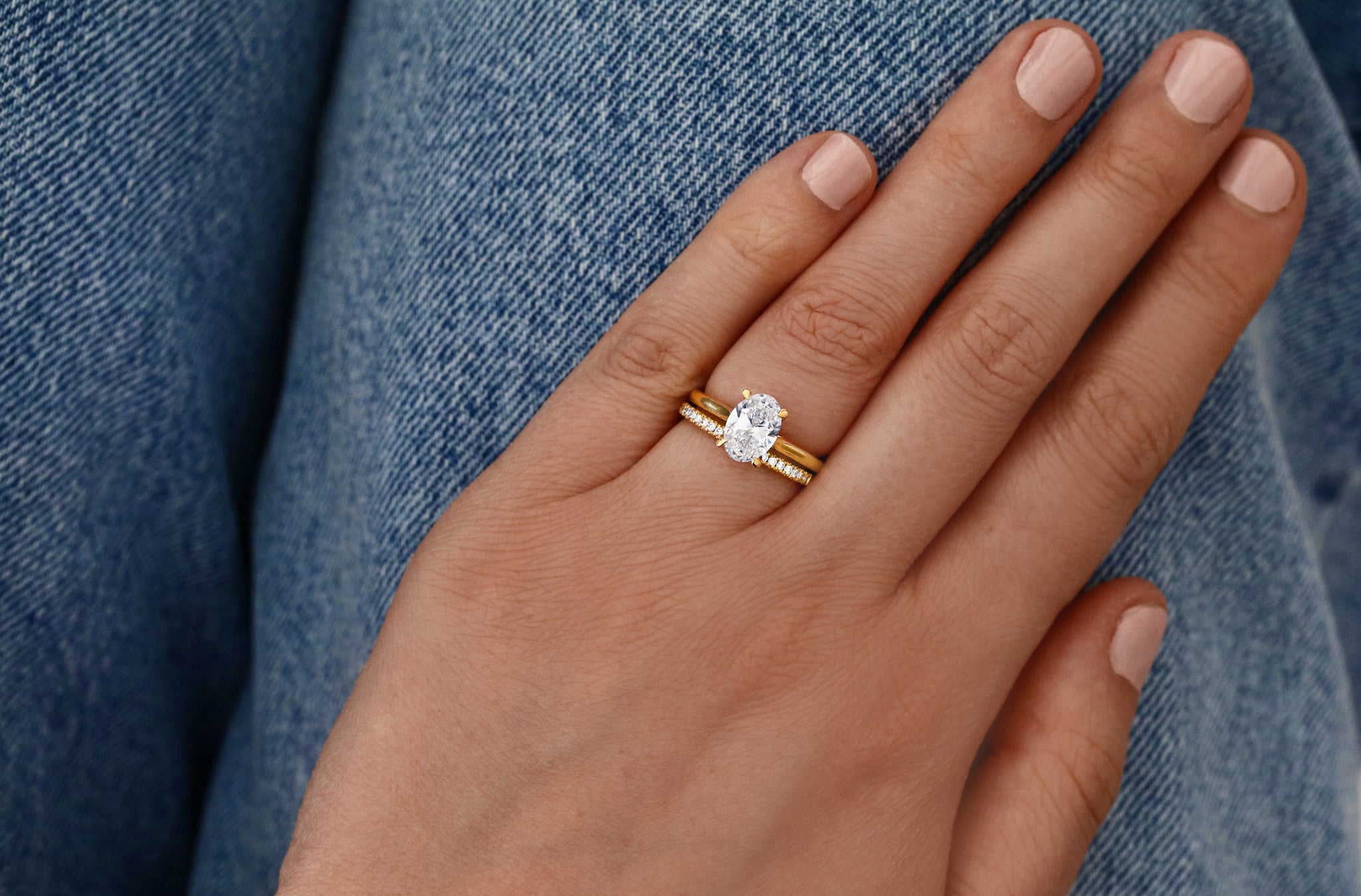In the world of luxury and elegance, diamonds have always been the epitome of beauty and status. But what if we told you that the diamonds adorning your jewelry might not have been mined from deep within the Earth’s crust but rather grown meticulously in a laboratory? Welcome to the era of lab-grown diamonds, where science meets sophistication. In this article, we’ll delve deep into the fascinating realm of lab-grown diamonds, exploring their creation, characteristics, ethical implications, and their promising future.
1. Understanding Lab-Grown Diamonds
What are Lab-Grown Diamonds?
Before we embark on this journey, let’s clarify what lab-grown diamonds actually are. Lab-grown diamonds, also known as synthetic diamonds or cultured diamonds, are created through a process that simulates the natural conditions under which diamonds form in the Earth’s mantle. However, instead of waiting for millions of years for nature to take its course, scientists have mastered the art of replicating these conditions in a controlled laboratory environment, resulting in diamonds that are chemically, physically, and optically identical to their mined counterparts.
The CVD Process: Crafting Diamonds from Carbon
One of the most common methods used to create lab-grown diamonds is Chemical Vapor Deposition (CVD). In this process, a small sliver of diamond seed is placed in a sealed chamber filled with a carbon-rich gas, such as methane. Under high temperatures and low pressure, the carbon atoms from the gas begin to adhere to the diamond seed, layer by layer, gradually forming a diamond crystal.
2. Advantages of Lab-Grown Diamonds
Ethical and Environmental Considerations
One of the most compelling advantages of lab-grown diamonds is their ethical and environmental superiority over mined diamonds. Traditional diamond mining often involves destructive practices such as land excavation, habitat destruction, and exploitation of labor. In contrast, lab-grown diamonds are produced without the environmental toll of mining and are free from the ethical concerns surrounding the diamond industry, such as conflict diamonds.
Quality and Consistency
Lab-grown diamonds boast exceptional quality and consistency, thanks to the controlled conditions in which they are grown. Unlike natural diamonds, which may vary in color, clarity, and size, lab-grown diamonds can be produced with precise specifications, ensuring uniformity and perfection in every gemstone.
3. Challenges and Controversies
Perception and Misconceptions
Despite their numerous advantages, lab created diamonds still face challenges in gaining widespread acceptance. Some consumers hold onto the notion that natural diamonds possess a certain mystique or romanticism that lab-grown diamonds lack. Overcoming these perceptions and educating consumers about the benefits of lab-grown diamonds remains a significant hurdle for the industry.
Pricing Disparities
Another issue facing the lab grown diamonds cvd industry is the pricing disparities between lab-grown and mined diamonds. While lab-grown diamonds offer a more affordable alternative to their natural counterparts, pricing strategies and market perceptions often result in confusion among consumers.
4. The Future of Lab-Grown Diamonds
Shaping the Jewelry Industry
As technology continues to advance and consumer preferences evolve, the future of lab-grown diamonds appears brighter than ever. With growing awareness of ethical and environmental concerns, more consumers are turning to lab-grown diamonds as a sustainable and socially responsible choice. As a result, we can expect to see a significant shift in the jewelry industry towards the adoption of lab-grown diamonds.
Innovations and Expansion
The innovation and expansion within the lab-grown diamond sector show no signs of slowing down. From larger, high-quality gemstones to innovative applications in technology and industry, the possibilities are endless. As research and development continue to push the boundaries of what is possible, lab-grown diamonds are poised to revolutionize not only the jewelry industry but also various other sectors.
In conclusion, the rise of lab-grown diamonds represents a transformative shift in the diamond industry, offering a sustainable, ethical, and high-quality alternative to traditional mined diamonds. While challenges and controversies remain, the future looks promising for lab-grown diamonds as they continue to redefine luxury and redefine our perception of beauty. As we embrace this new era of innovation and sustainability, one thing is certain: the allure of lab-grown diamonds will only continue to grow.




